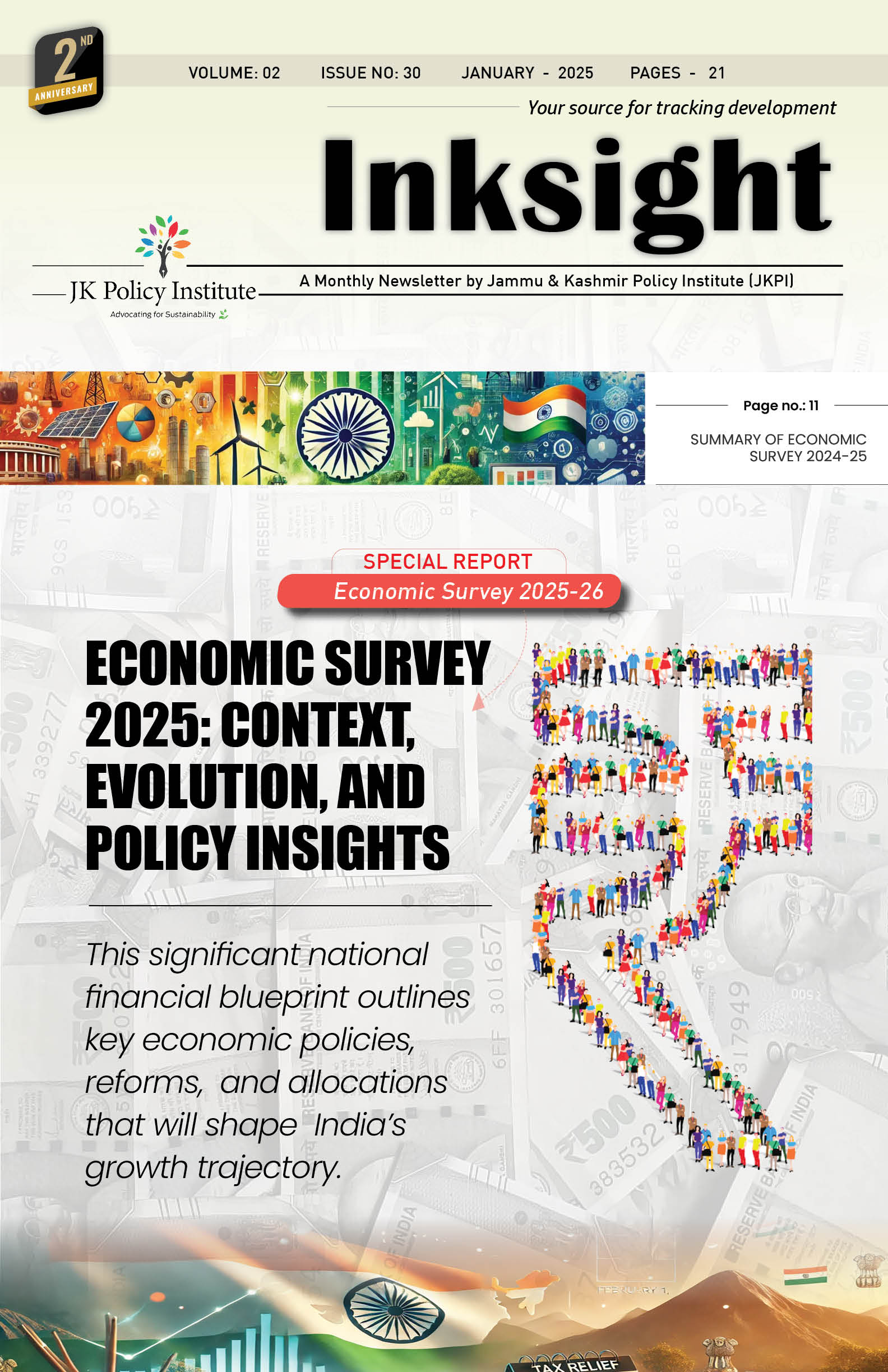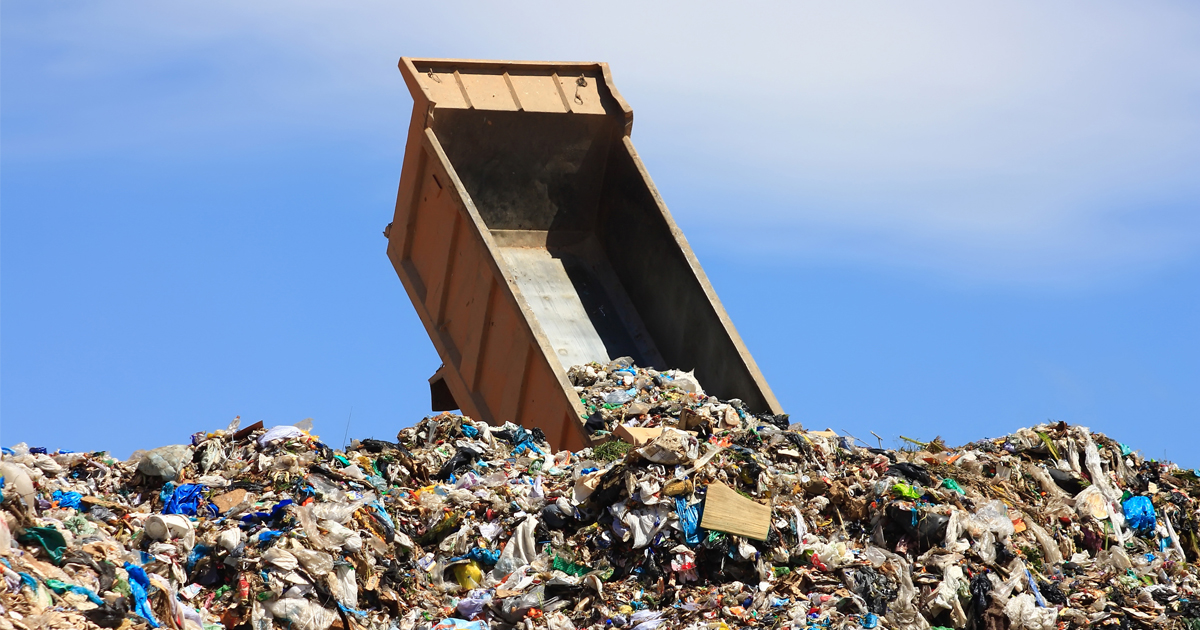Waste generation has become a serious environmental and public health problem everywhere in the world, and disposal is as big a problem as is waste. India, alone, generates about 100,000 metric tonnes of solid waste per day. Likewise, waste generation in the Kashmir valley has increased tremendously in the past few decades. This is attributed to the rise in population. An exponential spike in population density has contributed to the over-utilization of resources – resulting in more residue. The population of Kashmir valley – as per the 2011 census – was 12,541,302, which represents 1.04% of the total population of India. The rapid population growth – though of value with respect to human resources – has led to over-consumption of the fixed ecological reservoir. And the footprint – carbon and otherwise – has escalated beyond what was considered to be normal.
Municipal Solid Waste (MSW)
As per Solid Waste Management Rules (2016), solid waste is categorized into municipal, industrial, agricultural and hazardous waste. Municipal Solid Waste (MSW) has the highest contribution towards total solid waste generated in India. This type of waste is produced on a daily basis within households, however, the majority of the houses have non-existent or inadequate disposal facilities. Kashmir is no exception with regards to improper MSW disposal practices.
Municipal solid waste generation per capita in India ranges from approximately 0.17 kg per person per day in small towns to nearly 0.62 kg per person per day in cities. The average composition of MSW produced by Indian cities is approx. 40 wt.% inert, 41 wt.% organic, and with 19 wt.% potentially recyclable materials.
Segregation – Fundamental to Hygiene
Segregation forms the basic unit of waste disposal. We may even call it the standard unit or SI unit of waste disposal. It is through segregation that decomposable waste is separated from recyclable, and organic material is isolated from inorganic hazardous waste. Household waste consists of matter that can be used for compost. It also contains toxic hazardous waste, non-biodegradable waste, and at times construction and demolition waste. When standard procedures of segregation at source are followed, management of MSW becomes very easy. This is what is lacking in households.
People are not well aware of handling solid waste generated in homes and do not appreciate the importance of segregation of waste, and this ignorance has given rise to incorrect storage, transportation, and management of municipal waste in the Valley. Although the government has allocated dustbins for disposal of waste – both biodegradable and non-biodegradable – in almost all major townships of Kashmir, however, their proper use is still much of an enigma to most people. This leads to piling up of heaps of garbage – with foul odour – along roads or in fields, leading to an increase in the pest population, and the spread of diseases. Such sights are common in Kashmir nowadays.
What makes the problem – pertaining to waste separation – even worse is unorganized waste collection. The appointed waste collectors – using rickshaws, lorries and trucks – reportedly combine waste during the collection at the locality dump site rather than transport landfill-assigned waste and recyclable material separately. Separate vehicles are not provided nor compartmentalization of waste executed. And this leads to the bigger issue – the overflow of waste at landfills. Also, sanitary landfills in Kashmir are overflowing as they have far exceeded the maximum ecological and structural capacity.
As per estimates, the total waste generated in India is rich in organic matter – reusable and recoverable – than non-decomposable substances which are more suited for a landfill. Thus, the mixing of all kinds of waste material leads to the destruction of waste as a resource.
Waste as a resource
Waste-to-Energy (WTE) plants increase the probability of utilizing non-degradable, inorganic waste material as a form of energy. It is from this domain the concept of refuse derived fuels (RDF) originates. Some techniques to produce RDF include pelletization, incineration, and pyrolysis. For catering to biodegradable wastes, technologies like bio-methanation have been developed. Given the present rate of decline in resources and degradation of the environment, the development of a process for the successful utilization of waste as a resource has become a need of the hour.
Why sustainability?
Arcadis’ Sustainable Cities Index ranks 100 cities around the world for their performance across three pillars. These are:
-
People (social): This pillar looks at the quality of life, assesses areas such as health, education and work-life balance.
-
Planet (environmental): This pillar looks at areas including energy consumption, renewable energy share, and green spaces.
-
Profit (economic): The economic pillar examines the environment and economic health of the city. Sub-pillars in this category include ease of doing business, GDP per capita and connectivity.
Sustainable development is cleaner, has the potential to be efficient, and is the only way forward for a growing world economy. People misuse a lot of non-renewable resources. As the population increases, more resources will be required and faster will the reserves be depleted. Over time, sustainable development will no longer be an option for people. It will be the only available choice for everyone. It is simply a matter of time.
Recommendations
-
It is important to disseminate the necessary information among residents regarding waste segregation at source. A thorough understanding of waste disposal processes is needed to help people know waste and place it where it rightfully belongs.
-
Waste collectors, municipal officials and caretakers at landfills should be properly briefed about their duties.
-
As many as possible, separate vehicles for the transport of landfill-appropriate waste and biodegradable waste should be allotted.
-
Need of the hour is the reduction in the generation of waste wherever possible – which gradually would prove advantageous in leading a healthy and sustainable life.
-
Sustainable resource utilization – even for waste – can be practised to decelerate irreversible changes in our biosphere.
Waste management forms one of the central pillars of the matrix of sustainable resource utilization. Resources we utilize are not something we inherited from our past but what we borrow from the future – remembering and following this piece of advice should be our ultimate goal. Kashmir, in general, and Srinagar, in particular as a smart city, is incomplete without proper waste disposal infrastructure.



Leave a Reply
You must belogged in to post a comment.